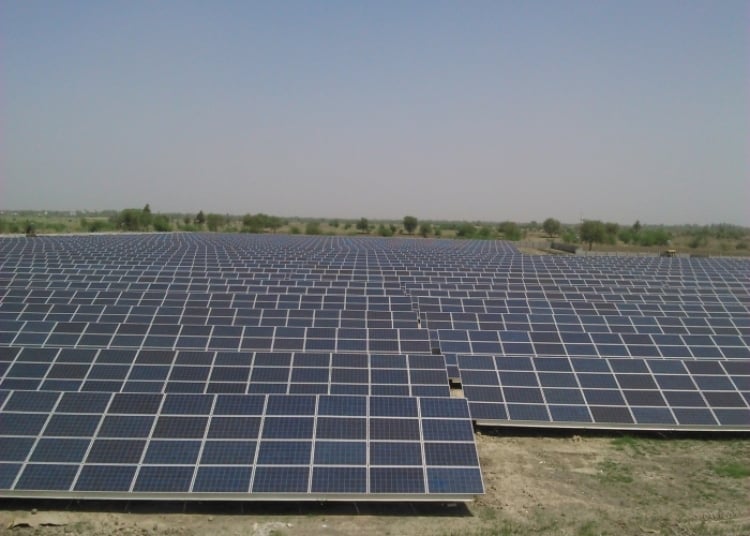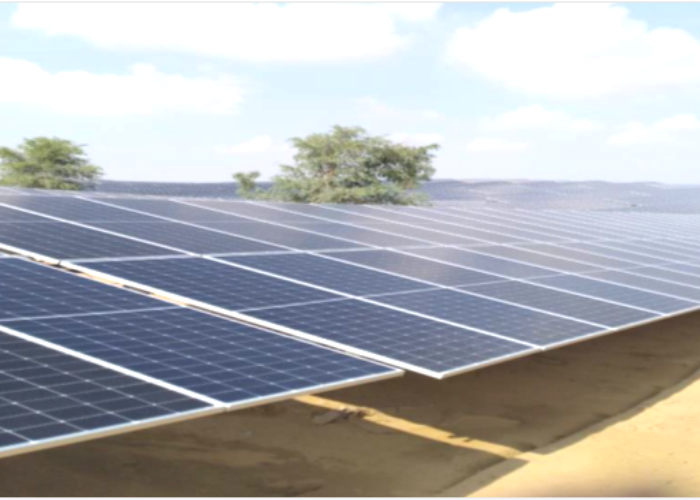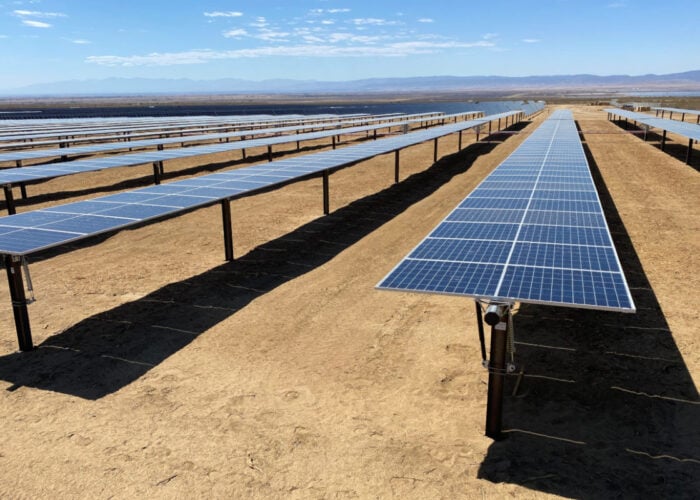
The Solar Energy Corporation of India (SECI), a company owned by the government’s Ministry of New and Renewable Energy, has launched a request for selection for 1GW of new solar projects to be built within India.
The request was launched last week, with a pre-bid meeting to take place on 19 October. Applicants will have until 20 November to make bids for the capacity, which SECI announced would comply with the “standard bidding guidelines” in place for such projects, which include a bid processing fee of around US$6,007 (Rs500,000) for projects with a capacity of between 50-90MW, and plus 18% goods and services tax, or a fee of US$18,021 (Rs1.5 million) for projects larger than 100MW, plus the same value of tax.
Unlock unlimited access for 12 whole months of distinctive global analysis
Photovoltaics International is now included.
- Regular insight and analysis of the industry’s biggest developments
- In-depth interviews with the industry’s leading figures
- Unlimited digital access to the PV Tech Power journal catalogue
- Unlimited digital access to the Photovoltaics International journal catalogue
- Access to more than 1,000 technical papers
- Discounts on Solar Media’s portfolio of events, in-person and virtual
Or continue reading this article for free
Successful applicants will also enter into 25-year power purchase agreements (PPA) with SECI to sell power generated at the projects at a fixed price, potentially making the tenders more attractive for developers. However, SECI also noted that it would sell this power to “the different buying entities of India”, which would not be identified until a “later date”, so questions remain as to how this power will be used.
While SECI did not specify a region of the country in which the new projects must be built, it noted that projects with a capacity larger than 50MW would be connected to the inter-state transmission system, the national grid that connects the energy grids of individual Indian states to one another.
However, the corporation also specified that projects with a capacity of less than 50MW would be connected to the grid infrastructure of the state in which they are built, separating smaller-capacity projects, eligible to meet local power demands, from larger-scale projects, which will see their electricity transmitted on a national scale.
The potential involvement of private investors and development companies in the Indian solar sector could be of benefit to the industry as a whole, following the award of permission to build a 100MW solar project to SJVN, a company owned by the Indian government and the state government of Himachal Pradesh, last week.
Striking a balance between private and public funding could be crucial for the Indian solar sector, as the global solar industry has been historically reliant on private backing. According to the latest World Energy Outlook from the International Renewable Energy Agency, in 2020, 83% of investments into solar PV came from the private sector, compared to 32% in the geothermal sector and 3% in the hydropower industry, and SECI’s involvement of both private and public backers in its tenders could help address this imbalance.







